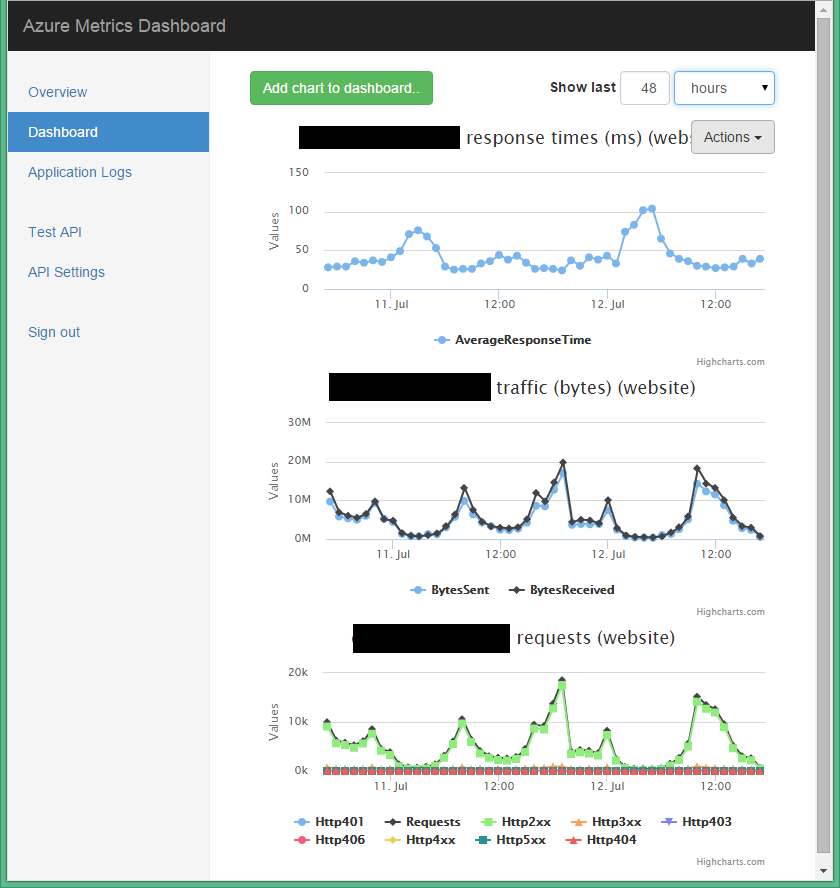I talked about autognostic objects a couple of weeks ago, and in that post contrasted them with abstract data types (ADTs). I promised to follow up with a post on an ADT implementation, so here it is.
First of all, let’s state the autognosis property once again: an autognostic object can only have detailed knowledge of itself. This constraint is required for objects, but not for ADTs. On the contrary: ADTs are allowed (maybe even expected) to inspect detailed information from other values of their own type (and only of their type).
From that point of view it means it’s perfectly fine to implement the Vector add operation in an ADT as follows:
As you can see, we blatantly access the private data (the x and y) of the addend in order to perform the calculation. We can do this because both the augend and addend are of type Vector and ADTs are allowed to access each others private data when they’re of the same type.
The name Vector denotes a type abstraction. With this kind of abstraction, the abstraction boundary is based on a type name (Vector). This means that as a client all you can see is the type and operations, but the implementation is hidden. “Within” the type, though, you have full access to the implementation and representations. It also means that, contrary to objects, you cannot easily interoperate with other values, since they have a different type and therefore have a hidden representation. All ADTs are based on type abstraction.
This also has some implications for extensibility; specifically that an ADT has to know all possible representations. To see that, let’s say we again want to add a polar representation for the Vector. We do this so we can keep the full accuracy when creating a vector based on polar coordinates, accuracy that would have been lost if we’d convert it to rectangular coordinates first. In JavaScript, we can implement that as follows:
It isn’t pretty, but in languages that have sum types and static typing it tends to work a bit better.
The important thing is that we significantly had to change the ADT to support the new representation. In fact, every new representation will require changes to the ADT. Compare that to objects, where we were able to add new representations without changing any of the existing representations. The reason being that ADTs are abstracted by type, while objects are abstracted by interface.
In general, ADTs are much less suited to adding new representations than objects are. It turns out this difference in extensibility is at the heart of the differences between ADTs and objects, and I’ll dive into that further in a future post. Don’t think that all is bad with ADTs though, they have other qualities… If you’d like a sneak peak, check out the Expression Problem on Wikipedia.
